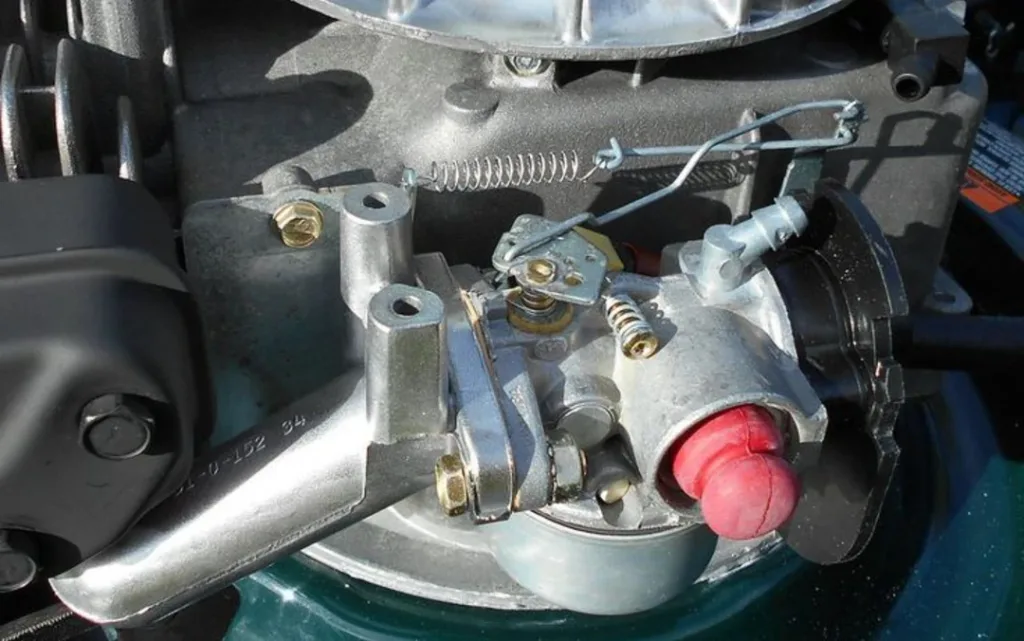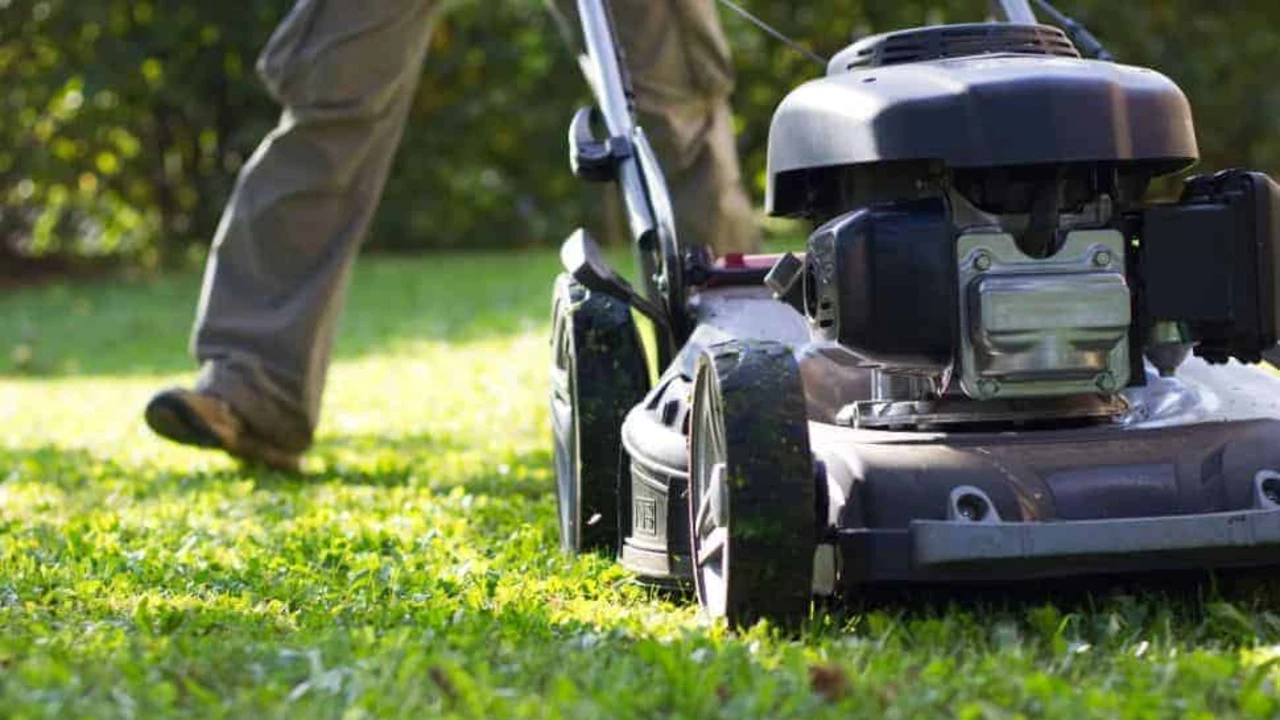If you regularly use a lawnmower, you may have come across many technical issues. It can be anything from fixing low compression on the lawnmower to solving other technical issues. And a lawn mower RPM is no exception. As a lawnmower RPM prone to plenty of issues, it requires regular adjustments.
Precisely, you need to check the governor and carburetor of your lawnmower if its RPM surges up and down. The fuel sitting in the mower’s carburetor can block the main engine jet, causing a surge in lawnmower blade rpm. Similarly, if the governor springs in the engine are positioned incorrectly, they cause lawnmower blade speed to surge. Therefore, it is important to solve both issues in the engine to fix lawn mower RPM.
The good news is that you can fix these issues related to lawnmower RPM in a few ways. Continue reading further below if you need guidance on a lawn mower blade rpm.
How to Repair Lawn Mower’s Blade RPM Surge?
There are two ways you can repair the up and down surge of a lawn mower’s RPM. Mentioned below are two ways to repair it:
An Issue with Engines Governors
One of the main reasons your lawn mower RPM may surge up and down is due to issues in the engine governor. The engine governor is the part that maintains the RPM where there is an extra load applied to the engine.
Typically, there are two types of governors in lawnmowers. One is a mechanical style, and the other is a pneumatic style.
· Mechanical Style
The mechanical governor style has a gear-driven feature by the engine. The shaft tends to move the governor arm to adjust the throttle plate as the RMP’s vary.
· Pneumatic Style
A pneumatic governor has air vanes that directly react to the airflow through the flywheel and gradually adjust the throttle plate.
Both governor styles come with a governor spring that exerts pressure on the air vane and governor’s arm. You can adjust the spring, as this way, you can set proper tension.
Remember that even if you have one of the best lawnmower engines, it can cause a surge in the engine RPM if its spring is not set properly. The spring tends to stretch out over time, which causes a surge in the same engine.
Adjust the Governor Spring to fix Lawnmower Blade RPM

When the surge frequently occurs because of the governor, you can fix this by adjusting the governor spring. You only need to make a small adjustment here. It is to replace the spring if it’s stretched.
Plus, if it has a mechanical governor that is easy to access the spring. It usually exists on the side of the engine, right next to the carburetor. If the spring is on the vane governor, you might find it a little difficult to access. You may also have to remove the starter, depending on the engine’s design.
Note that you may have to remove the starter before you can move on to the shroud. Once you start accessing the spring, you can easily replace it with any governor style. When doing this, the ends of the springs will automatically slide away from their position. Make sure to use the exact spring as recommended by the manufacturer when replacing it.
Plus, to keep the engine running at a proper Rpm and prevent it from surging in the future, adjust the spring properly. You can refer to the instruction manual when adjusting or replacing the governor spring for better guidance. You need to make sure your lawnmower has a proper Rpm range. The guidebook can help you whenever you get stuck.
Issue with Carburetors
Another major reason why lawnmower engines may surge is due to an issue in the carburetor. The carburetor is a part that infuses air and fuel together to allow the perfect combustion ratio. The jets in the carburetors act as nozzles, and these give way for the fuel to go to the carburetor. The jets can measure how much fuel combustion will require. These passages have small openings that are very likely to get clogged with corrosion or dirt.
Moreover, the main jet that appears in the center of the carburetor tends to block. This is the main supplier of fuel to the engine, so when it suffers from blockage, the engine tends to stall at full throttle.
After this, the governor fully closes the throttle, and the carburetor’s single circuit begins to supply fuel. This will cause the engine to start up again, causing the throttle to go back to full. This is more like a cycle that keeps repeating, and in the end, causes the engine to die and keep surging.
When it comes to fixing the surging engine, you have to clean the carburetor. To clean it, you must first remove the carburetor from the engine and disassemble all its parts. You need to remove the float, bowl, and metering needle. You must pay close attention to the area surrounding the opening of the main jet. If possible, remove the main jet and the emulsion tube as not all emulsion tubes are easily removable.
Remove the Debris from Carburetor to Fix Lawnmower Blade Speed

Then, you can start cleaning the carb body and all the other components you detach. It is best to use a carburetor cleaner to clean each piece properly. While cleaning, avoid using anything made of metal as this could damage the openings. You can stick to using a fishing line or anything soft.
Ideally, an ultrasonic cleaner is also a good way to clean all the components. Ultrasonic cleaners do a terrific job at cleaning all the crannies and nooks in a carburetor. Once you’ve cleaned everything thoroughly, inspect the bowl gasket and replace it if needed. Make sure to reattach the carburetor to the engine the right way, and you’re good to go.
Final Words
Overall, when using a lawnmower, issues in the lawnmower’s blade speed or the rpm tend to pop up. It’s common for such issues to occur, but they are easily fixable. Make sure to maintain your lawnmower properly and get hold of the best ones to avoid regular issues.

